Chives, an indispensable aromatic in our dishes, are most often eaten fresh, picked in spring from gardens or window boxes. You can also harvest them at full ripeness to enjoy them year-round, preserving them either dried or frozen.
Discover how to best preserve their flavour by harvesting at the right time and storing them correctly.
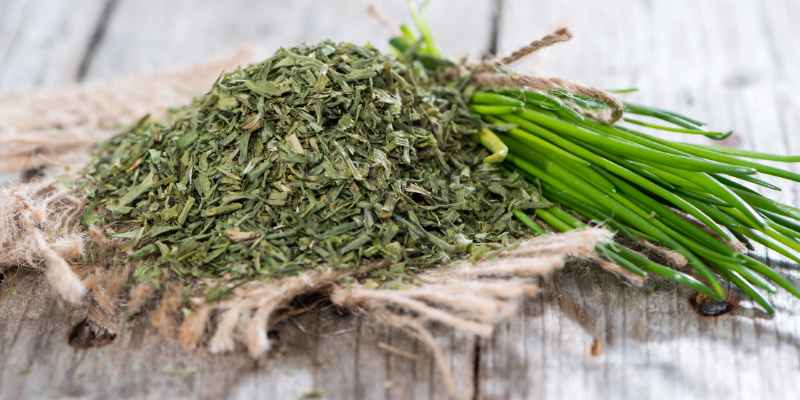
Chives, star of culinary herbs
Chives (Allium schoenoprasum) are a small herbaceous perennial forming compact clumps of fine, hollow leaves with a delicate garlic-like taste. They are among the most popular culinary herbs. Their long leaves are widely used in cooking, in salads and raw dishes, baked eggs, scrambled or in an omelette, and with fresh cheese. They also flavour vinaigrettes, marinades and soups. It is therefore useful to always have some on hand to give simple dishes a lift from spring to winter. Easy to grow and hardy, they can be sown from February, or planted in situ from March–April, in a sunny to partly shaded spot and in soil that stays cool. Remember to trim them regularly to encourage fresh shoots.
Chives include some interesting species or varieties such as garlic chives (Allium tuberosum) with flat leaves and white flowers, the variety 'Forescate' with deep pink flowers, and the vigorous 'Staro'. Note: whatever the variety, leaves and flowers will have the same garlic-like flavour as the typical species.
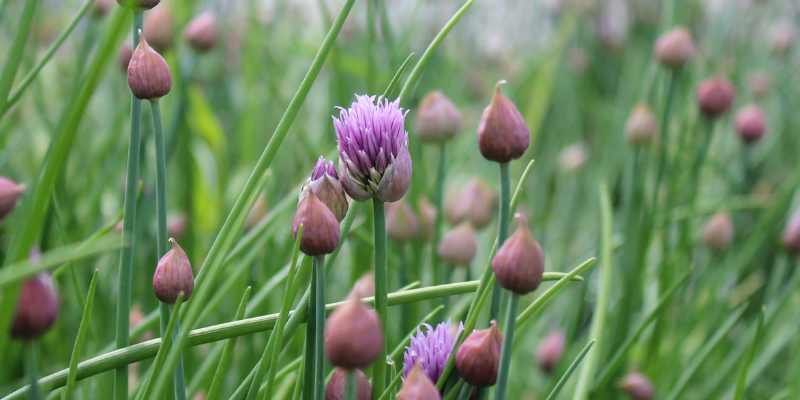
When to harvest chives?
As with many aromatic herbs, the best time to harvest chives is early in the morning, when the plant's aromatic compounds are most concentrated. Chives can be harvested from early spring, in April, when new shoots appear. Wait until leaves have reached their normal height (about 20 cm). They can be harvested through summer, but later in the season the stems become tougher. For optimal flavour and tender stems, harvesting chives is generally recommended in spring, when new shoots are still young, just before the plant's flowering.
Regular trimming supports sustained growth, as it forces the plant to produce fresh shoots. Harvesting can continue until the first frosts.
How to harvest chives for storage?
Use clean scissors to cut chive stems about 2 centimetres above the soil. Cut the largest stems first. Remember to harvest outer stems before inner ones so the plant can continue growing from the centre.
Methods to preserve chives: dried or frozen
Drying and freezing are the two ways to preserve chives for several months while keeping their aromas, but nothing beats freshly picked chives. Freshly harvested chives can be kept in a tall glass of water, similar to parsley. They will stay fresh for about a week. Make sure to change the water every two days. Best practice is always to harvest leaves as you need them if possible.
Drying: This is one of the simplest and most common methods to preserve chives. After harvesting, wash and thoroughly dry the stems. Then group them into small bunches and tie them together at one end with string. Hang them upside down in a warm, dry place until completely dry, which takes around two weeks. Once dry (stems become brittle to the touch), chop finely and store in an airtight container, glass jar or opaque pot, away from light. Dried chives keep for 6 months but gradually lose flavour. Always add dried chives at the end of cooking.
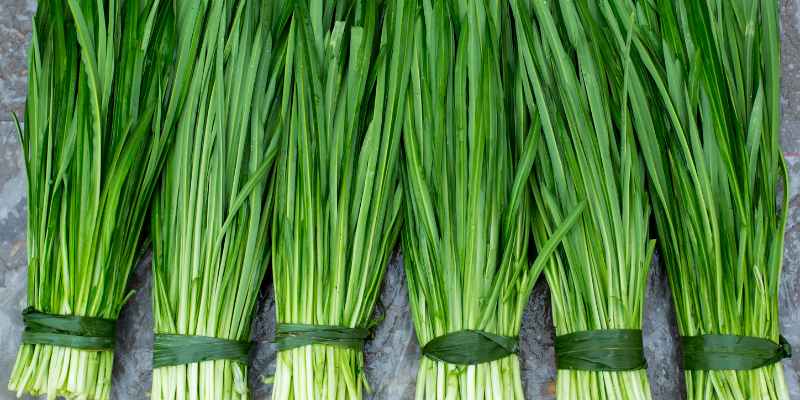
Freezing: For optimal flavour, you can also freeze chives. This method best preserves their aromatic notes. After cutting stems at the base, finely chop the chive stems, then place them in an ice cube tray, cover with water and freeze. Once frozen, transfer the cubes to a freezer bag. This method preserves chive flavour exceptionally well. You can also simply spread small pieces in a glass container to freeze and scrape off what you need as required. As with dried chives, use frozen chives at the end of cooking without thawing to preserve their aromas. Frozen chives do not keep for more than 6 months.
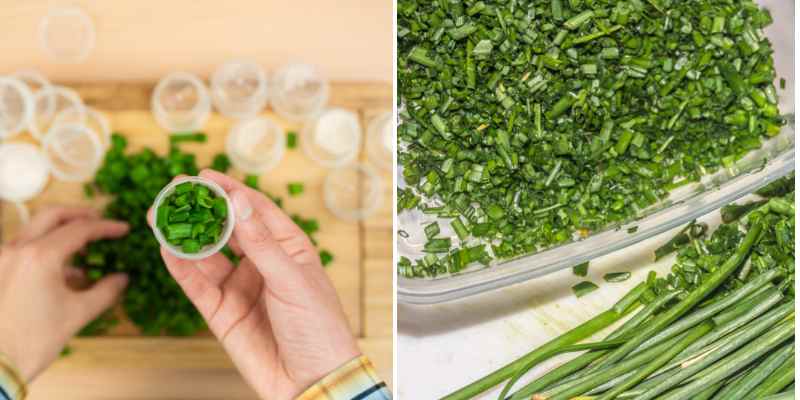
And what about chive flowers?
Chive flowers are edible; they have a slightly milder flavour than the stems and add a splash of colour to salads. They are usually eaten fresh, in spring between May and June, when they adorn the garden with their small round pink-lilac heads. Drying or freezing them is possible, but flavour and texture will be altered.
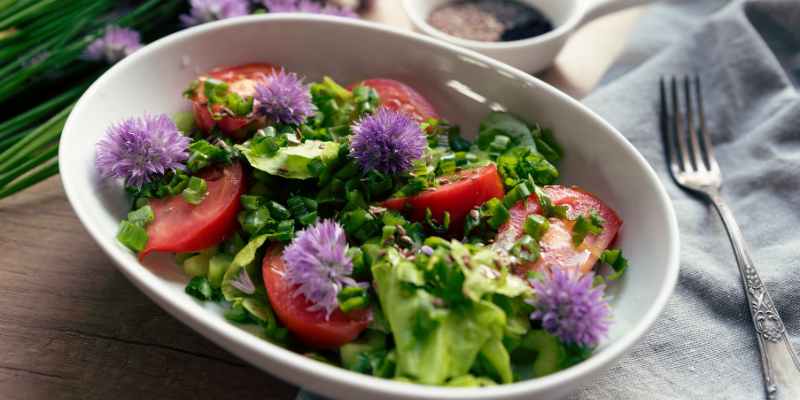































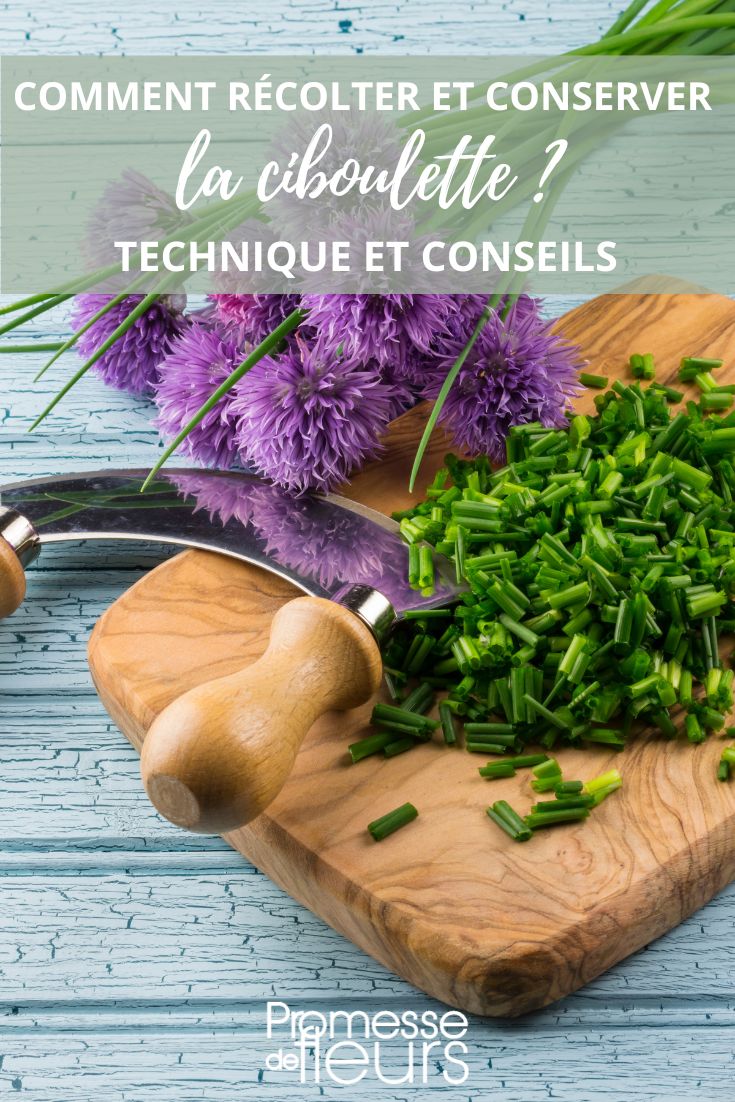
Comments